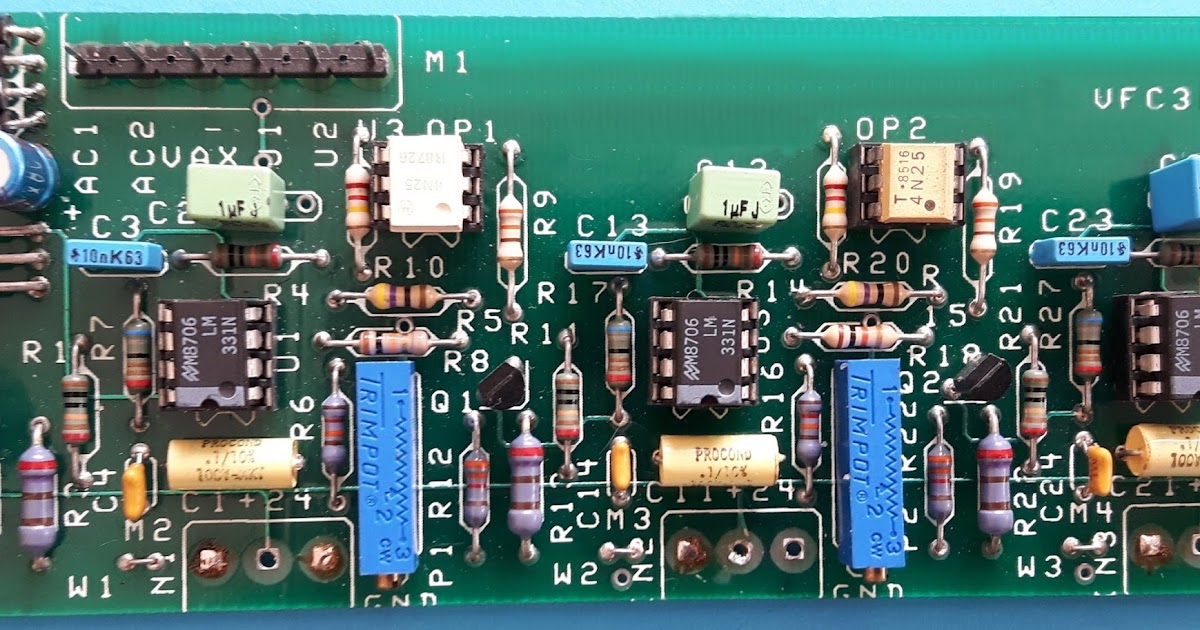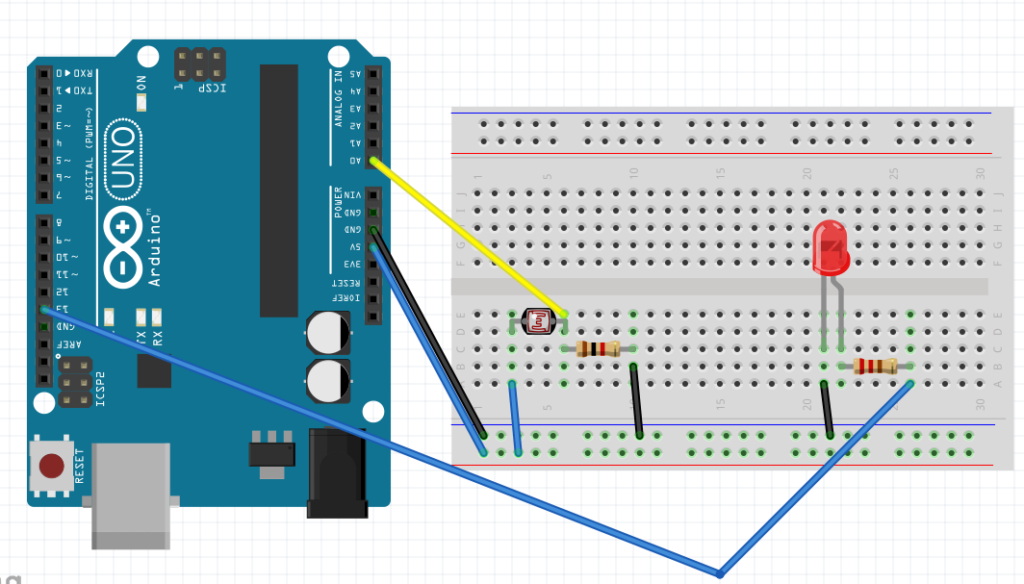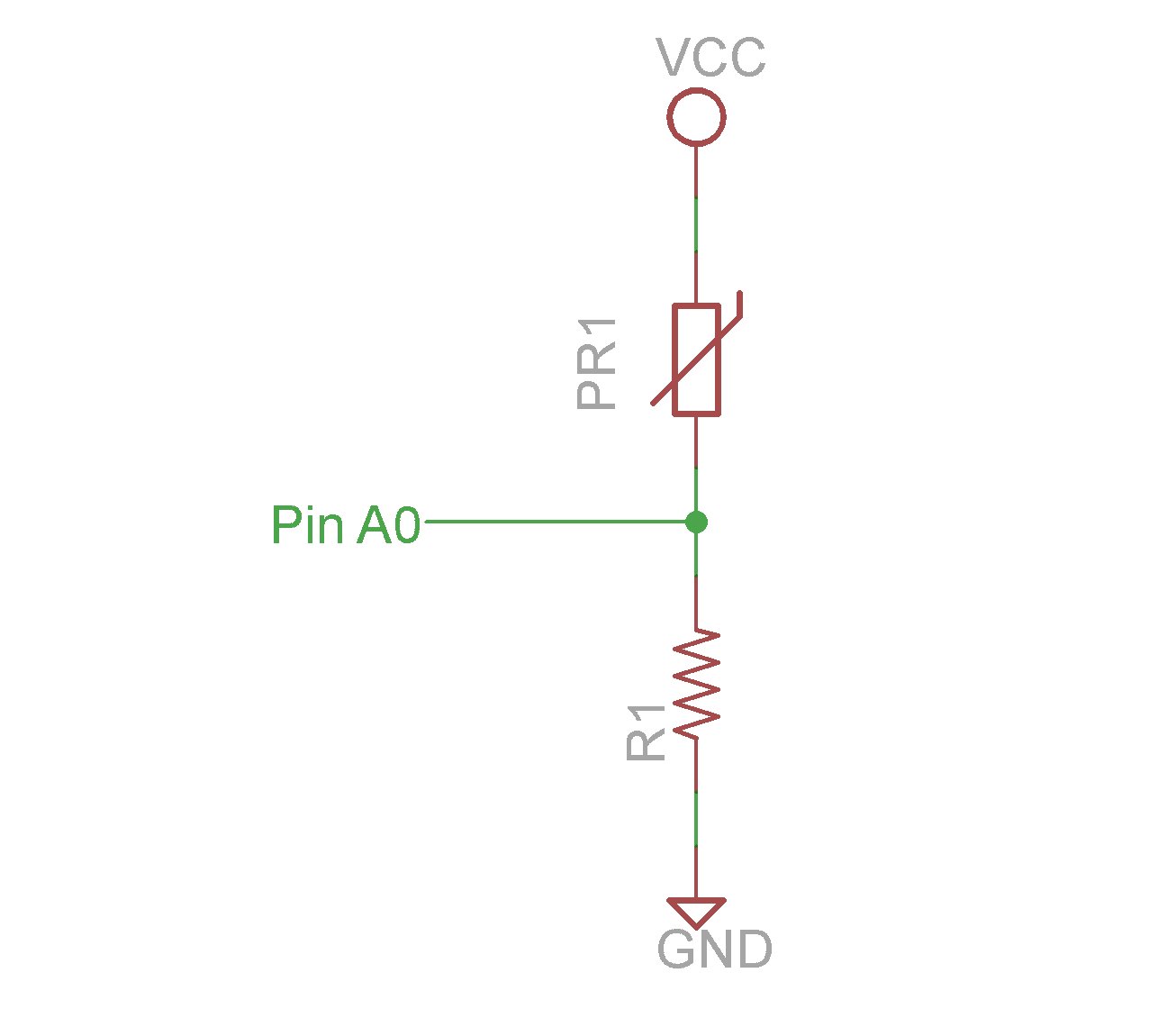

And, as you can guess, if you use the Vin, you also need to use the ground correctly, by connecting it to the ground of the external power source. Very practical when you need to use an external power source and connect it directly to your board. You can use this pin to provide 7-12V to your board. Now, if you look at the power pins on the circuit, you’ll see a Vin pin. So, you’ve already got 2 ways to power your Arduino Uno board. It’s great for communication between your board and your computer (or other Arduino boards), but might be not enough to power some real motors. The power coming from the USB cable is lower. If you are using some hobby servomotors powered by your Arduino, you might want to use the DC power jack. You can also use the DC power jack to power your Arduino board with 7-12V. The first one is simply to connect your Arduino board to your computer using a USB cable – usually you get one when you order an Arduino board.

Well, I won’t go into more details, but you see the point. And you can’t get a valuable measurement if you don’t place the 2 persons on the same level. It’s like measuring the height difference between 2 persons: if one of them is standing on a box, then the ground reference is not the same. If you don’t have a common ground, then what does 3.3V mean ? Is is greater than a 5V value you measured from another point of your circuit ? So, if everything in your circuit is connected to the same ground, all the voltages can be compared and their value is relevant. Basically a voltage is a difference of potential between 2 points: here you take the ground and another point. The ground is essential for the Arduino board to measure and set any voltage. Ground pins are often represented by GND on schematics. If there is one thing, and only one thing that you should remember with the ground, it’s: always connect all grounds of your circuits together, and make sure all components are correctly linked to the ground. So, let’s break down each kind of pin, one by one. You may find that quite difficult to understand at first. Here’s a global visual description of all the pins you can find on an Arduino Uno board. Communication protocols through Arduino pins.Powering components from the Arduino Uno power pins.
#ARDUINO ANALOG HOW TO#
You are learning how to use Arduino to build your own projects?Ĭheck out Arduino For Beginners and learn step by step.Īfter watching the video, subscribe to the Robotics Back-End Youtube channel so you don’t miss the next tutorials! > Watch this video as an additional resource to this article:

This post is focused on Arduino Uno board, but most of the explanations (except for the pin numbers on the circuit board) are also valid for any other Arduino board. I’ll also give you some examples of sensors/actuators that you can use with each pin functionality. And some tips on how to connect other devices to your Arduino pins.
#ARDUINO ANALOG SOFTWARE#
If you’re starting with Arduino, or if you’re already a software developer and want to learn more about the bridge between software and hardware on an Arduino board, then you’ve come to the right place! In this post I’ll give you a complete and practical overview of the main Arduino Uno pins. Int LedPin = 2 // digital pin 2 has a LED with attached to it.The Arduino Uno board has over 20 pins that you can use for many different applications. INPUT_PULLUP also sets the pin as input but it also sets internal pullup resistor which keep that pin pulled high. pinMode() function takes two parameter- pin number and pin type (INPUT, OUTPUT or INPUT_PULLUP). To choose any I/O pin as output, we have to just define it using pinMode() function. Arduino UNO has 14 input/output pins out of which we can choose any pin as input or output once at a time. It takes pin number and state of that pin number (that we want to be at output) as input parameter.

This function gives a digital output at any I/O pin.


 0 kommentar(er)
0 kommentar(er)
